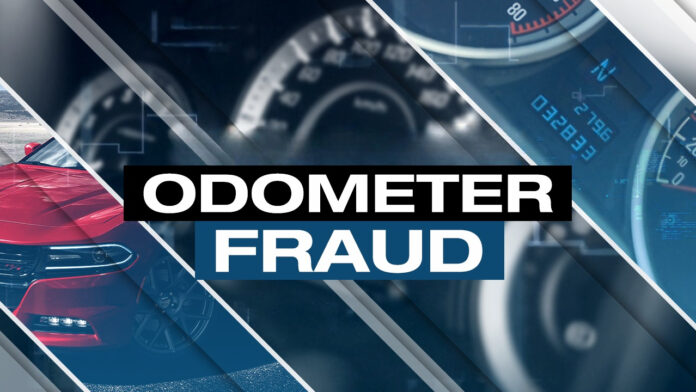Odometer fraud is a growing concern in the used car market, where sellers tamper with mileage readings to make vehicles appear less used than they really are. Identify Odometer Fraud This deceptive practice can lead to buyers overpaying for cars with hidden wear and tear, resulting in unexpected repair costs and safety risks. Identify Odometer Fraud Whether you’re purchasing a second-hand vehicle or just want to be informed, knowing how to identify odometer fraud is essential. In this guide, we’ll explore the warning signs, detection methods, and steps to protect yourself from falling victim to mileage tampering.
Key Points
Odometer Fraud: Here’s What You Should Look For
Check the Car’s Papers
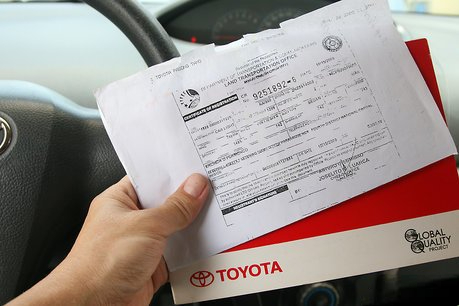
Start with the car’s papers like its title or service book. These show how many miles it had before. Look at the odometer now and see if it matches. If the papers say 50,000 miles last year, but it’s only 40,000 today, something’s wrong miles don’t go backward! My uncle found a car once where the oil change sticker said 60,000 miles, but the odometer said 30,000 big clue! Check old repair bills or inspection notes too. If the numbers jump around or don’t make sense, it might be fraud. Papers don’t lie people do!
Look at Wear and Tear
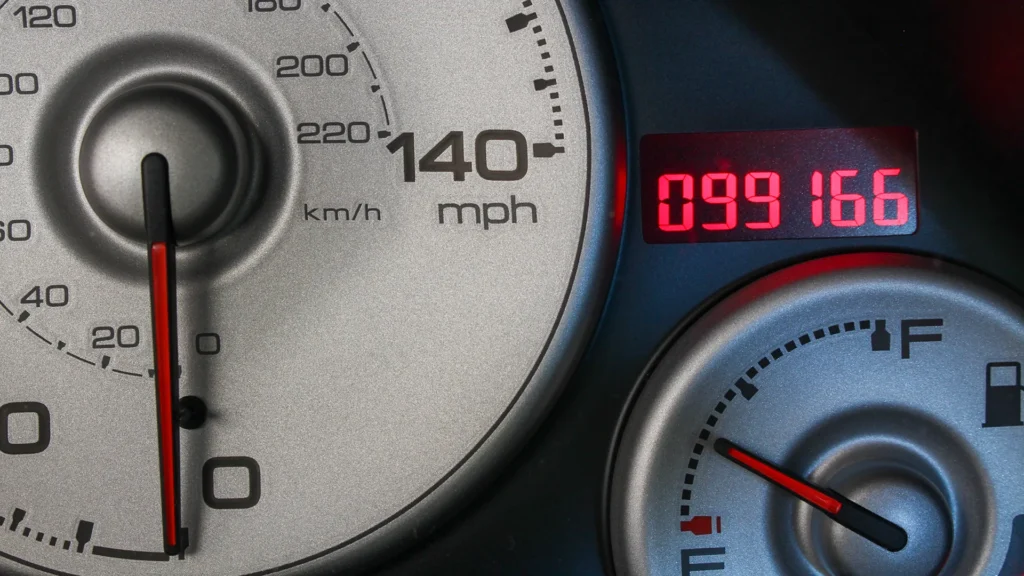
Next, look at the car itself. If the odometer says low miles like 20,000 everything should look pretty new. Check the tires are they worn out? Tires usually last 30,000 to 50,000 miles. Peek at the brake pedal and seats too. My friend saw a car with a shiny odometer but a pedal so smooth it looked used up that didn’t add up! A car with lots of scratches or faded paint might have gone way more miles than it says. It’s like checking if your shoes look old after a short walk wear tells a story!
See the Odometer
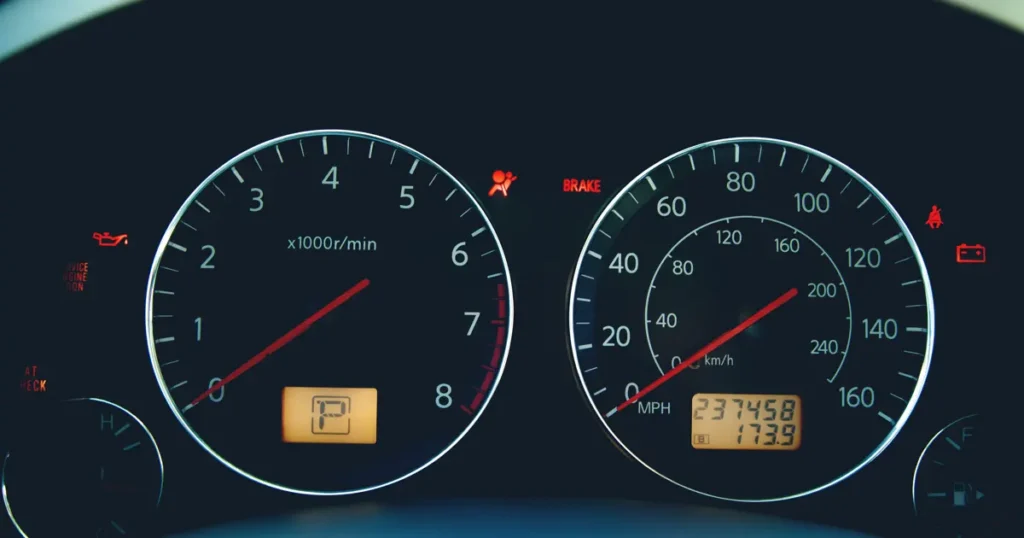
Now, look right at the odometer. On old cars with numbers that spin, they should line up straight. If they’re crooked or wobbly, someone might have messed with them. On new cars with digital numbers, check the dashboard. Are there scratches or loose screws around it? That’s a sign someone opened it up. My cousin saw a car with fingerprints on the odometer glass sneaky! It’s not proof alone, but if it looks tampered with, watch out. The odometer should look clean and normal!
Ask a Mechanic
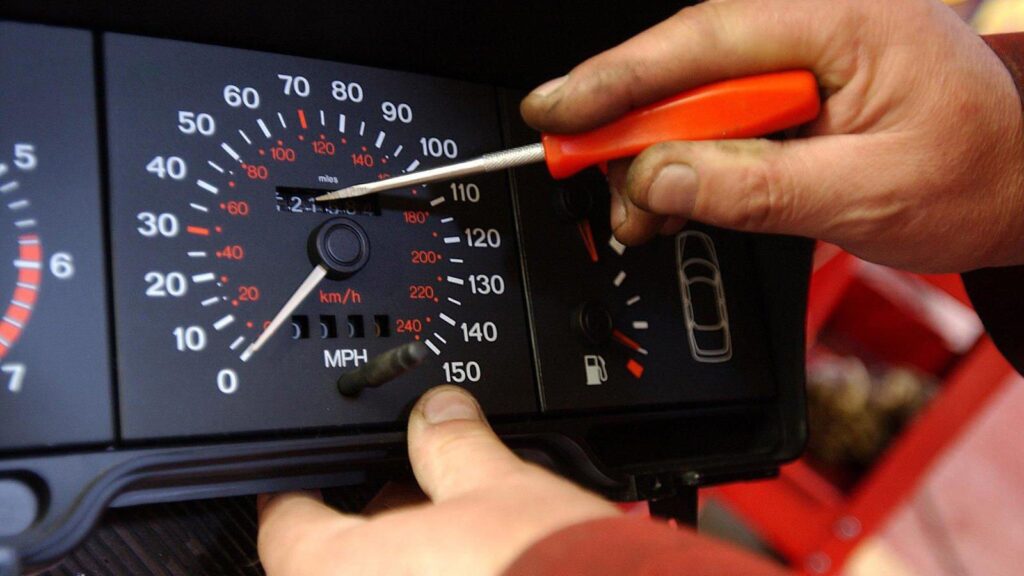
Get help from a mechanic they’re like car detectives! Take the car to one before you buy it. They can check the odometer and the car’s insides. For digital ones, they use a tool to see the real miles stored in the car’s computer. the mechanic said, “This says 80,000, not 50,000!” They also look at parts like belts or brakes to see if they match the miles. It costs a little, but it’s worth it to know the truth. Mechanics spot things we might miss!
Get a History Report
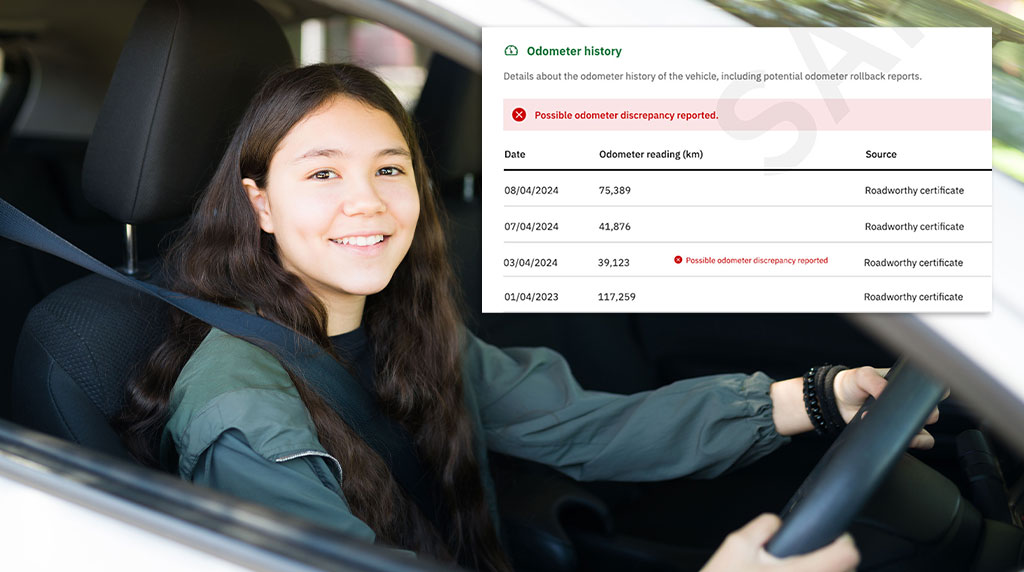
Last, get a car history report. You use the car’s special number called a VIN to find it online. It’s like a report card for the car! It shows miles from every time it was sold or checked. If the miles go down like 70,000, then 60,000 it’s fraud. Identify Odometer Fraud, and it showed the miles were fake saved us big time! Places like Carfax or Auto Check can help, and it’s not free, but it’s super useful. The report tells the car’s whole story no hiding!
Conclusion
Odometer fraud can be difficult to detect, but with the right knowledge and careful inspection, you can avoid becoming a victim. By checking vehicle history reports, inspecting wear and tear, and using professional verification services, Identify Odometer Fraud you can ensure that you’re making a smart purchase. Staying informed and cautious is the key to preventing costly mistakes. Whether you’re a first-time buyer or a seasoned car owner, always take the time to verify mileage accuracy before finalizing any deal.
FAQs – Quick Answers for You
Q1: What is odometer fraud?
A: Odometer fraud is when someone illegally alters a vehicle’s mileage to make it appear as if it has been driven less than it actually has.
Q2: Why do people commit odometer fraud?
A: Lower mileage increases a car’s resale value, tricking buyers into paying more than the vehicle is actually worth.
Q3: Can digital odometers be tampered with?
A: Yes, even digital odometers can be rolled back using specialized tools. However, mechanics and vehicle history reports can often reveal the true mileage.
Q4: How much does a vehicle history report cost?
A: A history report typically costs between Rs 1500 to 3,500 depending on the provider. It’s a small investment for peace of mind when buying a used car.
Q5: What should I do if I discover odometer fraud after purchasing a car?
A: Report it to your state’s Department of Motor Vehicles (DMV) or consumer protection agency. You may also have legal options to recover your losses from the seller.


